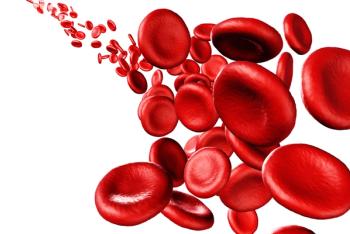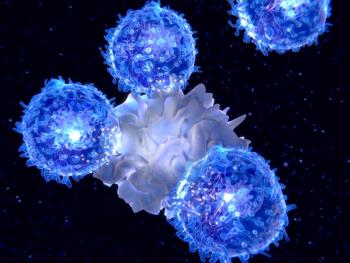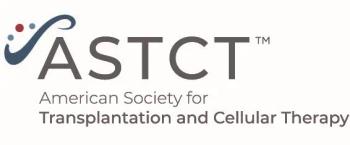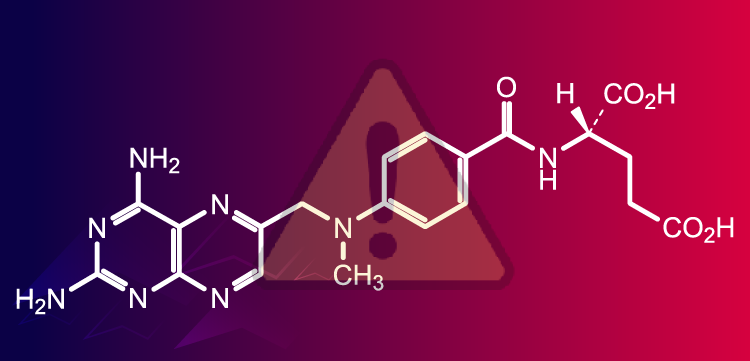
Priming With Azacitidine Can Chemosensitize DLBCL Patients, Achieve Good Responses
A phase I study showed that azacitidine priming followed by standard chemotherapy could be an effective approach to resistance in patients with newly diagnosed diffuse large B-cell lymphoma (DLBCL).
A phase I study showed that azacitidine priming followed by standard chemotherapy could be an effective approach to resistance in patients with newly diagnosed diffuse large B-cell lymphoma (DLBCL).
“Inactivation of tumor suppressor pathways is an important contributor of resistance to chemotherapy in cancer, in part because the activity of most chemotherapy agents depends to a great extent on the same proapoptotic and prodifferentiation pathways that are disabled during carcinogenesis,” wrote investigators led by Thomas Clozel, MD, of Weill Cornell Medical College in New York, in the journal Cancer Discovery,
To do so, they first conducted in vivo work that showed chemoresistant cells could become doxorubicin-sensitive without major toxicity using the DNA methyltransferase inhibitor azacitidine. They followed the preclinical work with the phase I trial in which they tested azacitidine in 12 older patients (median age, 65 years) newly diagnosed with DLBCL; 11 patients were of high-intermediate risk while one was low-intermediate risk. The azacitidine was administered at escalating doses (25, 50, or 75 mg/m2 daily for 5 days), and was then followed by standard chemotherapy with rituximab, cyclophosphamide, doxorubicin, vincristine, and prednisone. Two of 10 patients treated at the highest azacitidine dose experienced a dose limiting toxicity (reactivation of hepatitis C and prolonged neutropenia).
Eleven of the 12 patients achieved a complete response, and 10 remained in remission after a median follow-up of 13 months. One patient who did relapse had discontinued both azacitidine and rituximab therapy after 2 cycles thanks to the hepatitis C reactivation.
Biopsy cell samples from six patients were available, and investigators observed a decrease in methylation of the gene SMAD1 from pre-treatment to post-treatment in all such patients; this was likely a key mechanism in the chemosensitization of these patients.
“By pretreating patients with a low-dose of azacitidine-a targeted drug for use in myelodysplastic syndrome-we achieved a profound and stable degree of reprogramming and chemosensitization that was very surprising to us,” said the study’s senior author, Leandro Cerchietti, MD, also of Cornell, in a
Newsletter
Stay up to date on recent advances in the multidisciplinary approach to cancer.

















































































